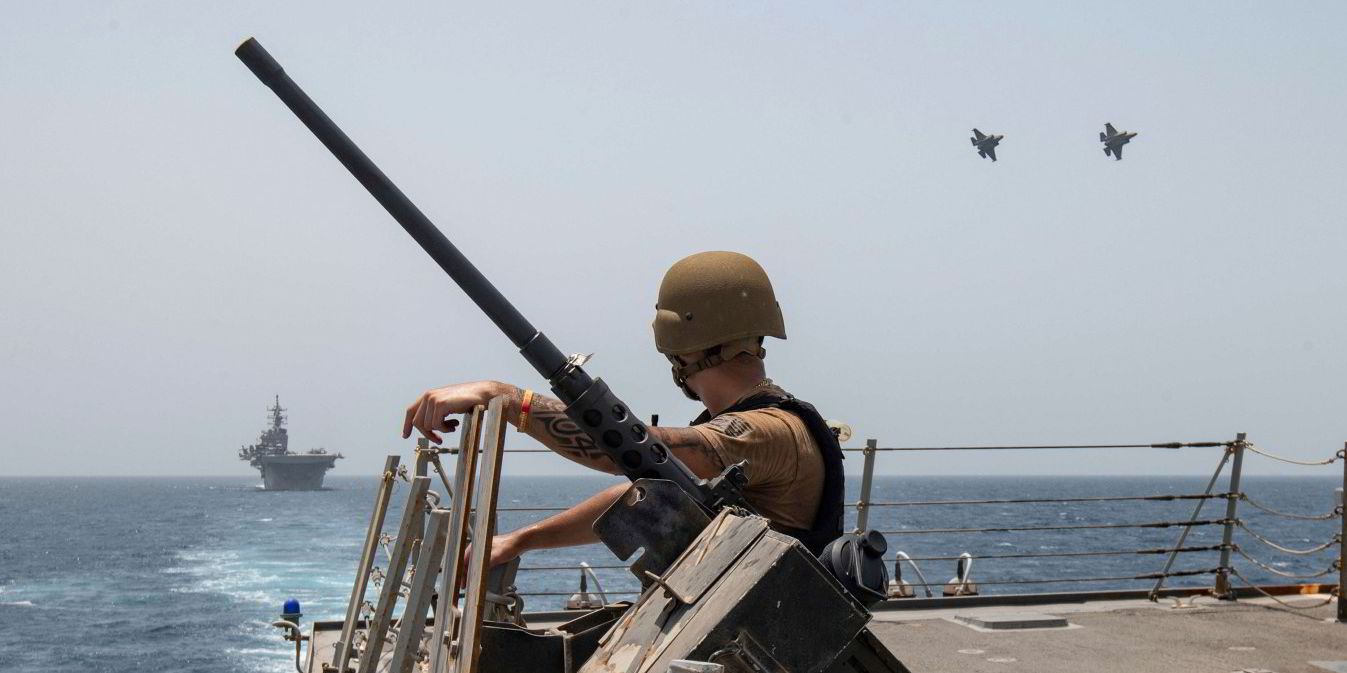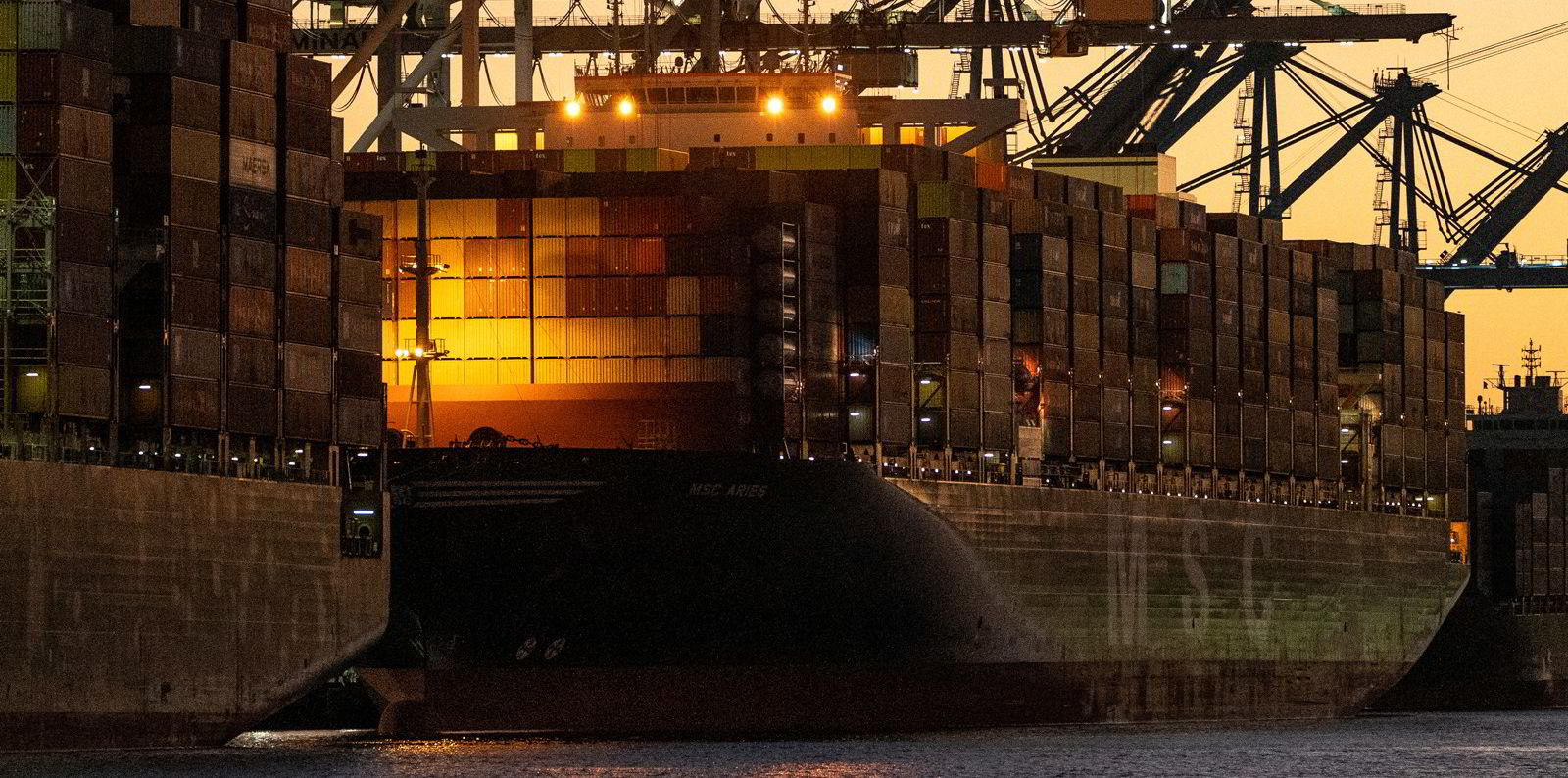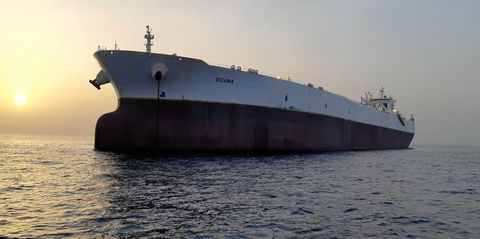The closure of the Strait of Hormuz would have grave consequences for the crude tanker market.
After Israel bombed part of the Iranian consulate in Damascus this month, Islamic Revolutionary Guard Corps officials warned that Tehran could close the strait — a key chokepoint for oil trading.
Veteran ABG Sundal Collier analyst Petter Haugen said any move to close the strait could take up to 35% of global crude volumes out of the market.
“There are no alternative sea routes out of Hormuz to the global market except for Saudi’s 5m barrel per day East-West crude oil pipeline that can take oil from [the Middle East Gulf] to the Red Sea and the 1.5m bpd pipeline which links onshore oil fields in the United Arab Emirates to the Fujairah export terminal on the Gulf of Oman,” he said.
“Hence, a closure of Hormuz will likely have a much more significant impact on the oil market than the ‘closure’ of the Red Sea, as the alternatives to get oil to the global market are much more limited than ‘just going around the Cape’, and the volumes in question are also substantially larger.”
The threat to close the waterway was issued by Revolutionary Guards commander Alireza Tangsiri last week, ahead of Saturday’s seizure of the 15,000-teu container ship MSC Aries (built 2020) by Iranian forces, followed by a missile and drone attack on Israel.
The ship was boarded in the strait and later spotted by TankerTrackers near islands off Hormozgan province.
In his note, Haugen drew a distinction between Red Sea diversions and a potential closure of the Strait of Hormuz.
Diverting ships away from the Red Sea and Suez Canal and around the Cape of Good Hope boosted transportation demand as ships were travelling longer distances.
In the short term, a closure of the Strait of Hormuz could be beneficial, he said, as the US would probably release barrels from its inventory alongside a reshuffling of oil trade routes.
But it would ultimately mean between 10m bpd and 15m bpd would be taken out of the market, a phenomenon sufficient to create an oversupply of ships.
It was a sentiment shared by Fearnley Securities, which said a short-term jump in rates and oil prices would be followed by declines.
“Even if the situation calms from here, rates in the tanker space tend to see increased risk premiums, which positively impacts freight rates,” analyst Oystein Vaagen said.
Haugen noted that oil markets seem calm so far, while Vaagen said the Tel Aviv Stock Exchange experienced only moderate movements on Sunday.
Clarksons’ daily report shows the VLCC fleet weighted average jumping 3.9% from Friday to $47,400 per day, while suezmaxes and aframaxes were flat at $49,200 per day and $48,800 per day, respectively.






